Seven years of OnePlus: Charting the biggest milestones and failures
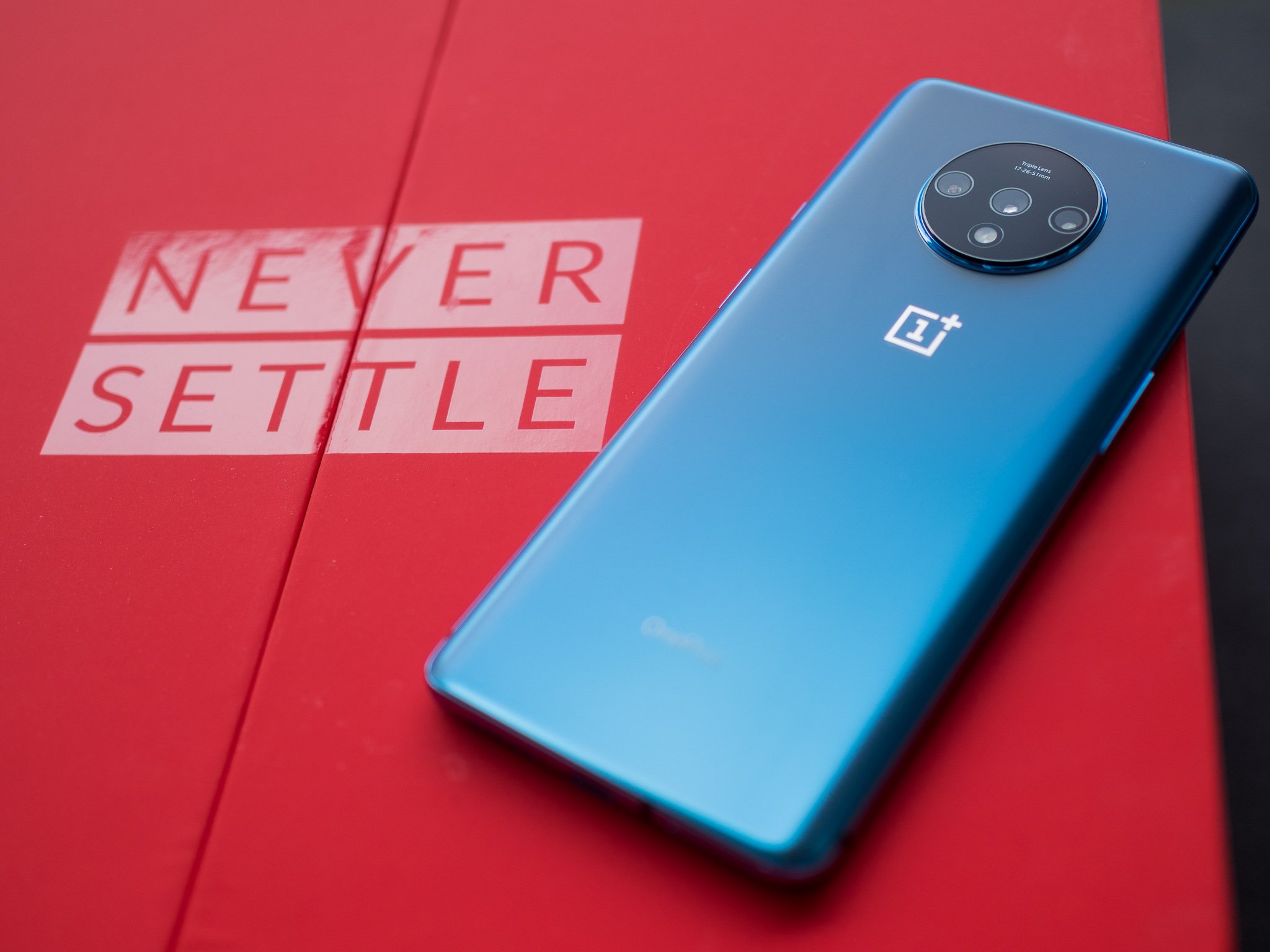
This week marks the seventh anniversary of OnePlus. The company was set up on December 17, 2013 by Pete Lau and Carl Pei, who met during their time at OPPO. From the very beginning, OnePlus had a clear directive: make the best Android phones, and sell it for significantly less than the competition.
The strategy allowed OnePlus to gain a foothold with the enthusiast community, and it built on that initial momentum to become one of the leading phone manufacturers in the world today. The OnePlus 8 Pro is a refined flagship that takes on the best that Samsung and Google have to offer, and the OnePlus Nord charts a bold new direction for the company in the mid-range segment.
For all that OnePlus delivered on the hardware side of things, there have been several failures along the way. So let's take a look at the key milestones along OnePlus' seven-year journey, and some of its failings. If you're more interested in looking back at OnePlus' phones, I rounded up all the devices the company has launched in a retrospective post.
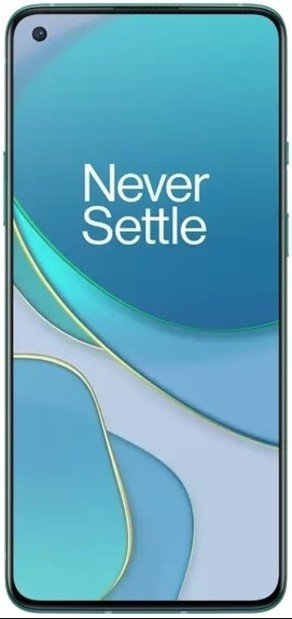
Setting a new bar for performance
The OnePlus 8T is a performance beast, with the phone rocking Qualcomm's Snapdragon 865 chipset along with 5G connectivity. It also has 65W wired charging, runs Android 11 out of the box, and has a sublime 120Hz AMOLED screen. As an overall package, it is hard to beat.
OnePlus milestones: Hardware wins, beating Samsung, diversification
OnePlus One disrupts the smartphone industry
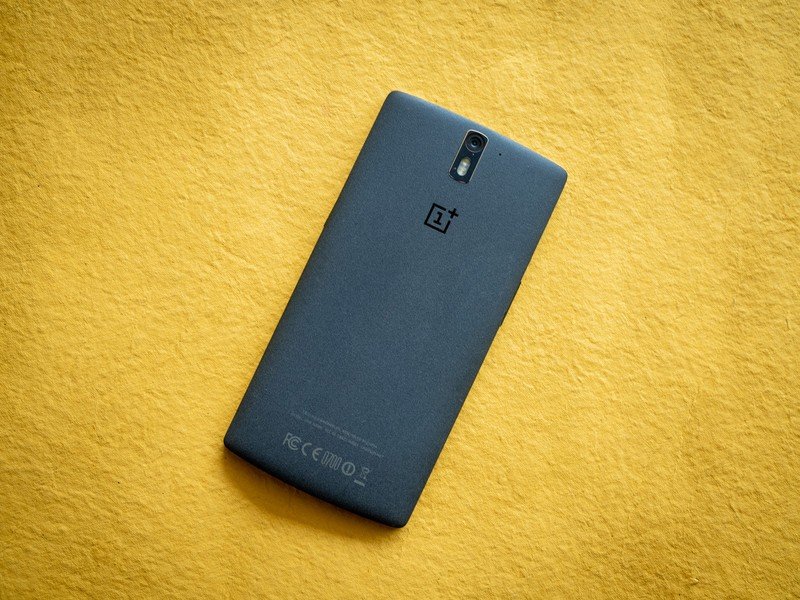
The OnePlus One debuted in April 2014, but in typical OnePlus fashion, there was a lot of hype around the phone before its launch. OnePlus started teasing details about the hardware a few months before launch, and while it was an unknown entity back then, it was able to muster a lot of interest for the device because of its focus on the enthusiast community.
OnePlus wasn't the first to release a value flagship, but it was the first to launch one in global markets, particularly the U.S. The OnePlus One launched with a Snapdragon 801 chipset, 5.5-inch 1080p display, 13MP camera, and a 3100mAh battery, and it started off at just $299 — undercutting regular flagships by half.
The OnePlus One became an instant hit with the community, and it catapulted OnePlus into the spotlight as a value player.
OxygenOS sets the benchmark for third-party software
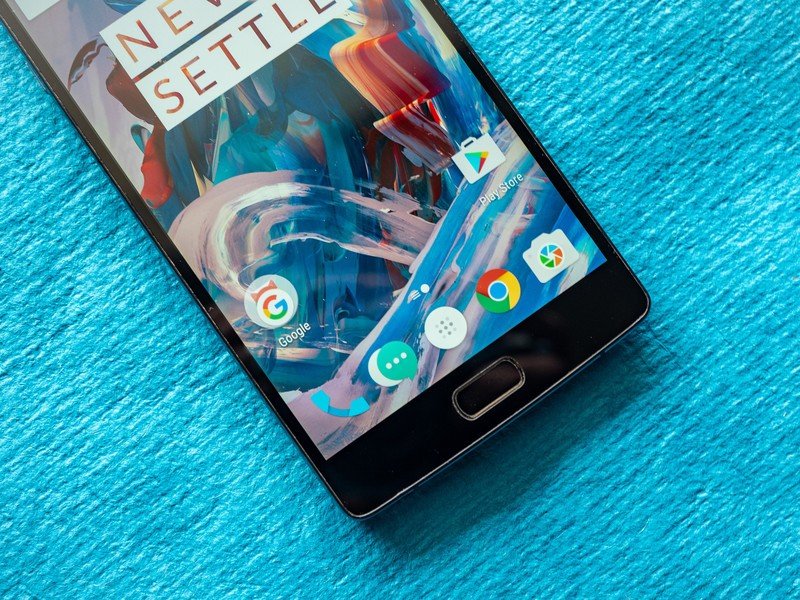
OnePlus launched the OnePlus One with Cyanogen OS, but for the OnePlus 2, it switched to the in-house OxygenOS. The early iterations of OxygenOS had their share of bugs, but the interface itself was close to pure Android, and it offered plenty of customization options.
Be an expert in 5 minutes
Get the latest news from Android Central, your trusted companion in the world of Android
The focus on clean software set OnePlus apart in the industry. With most Chinese manufacturers offering bloated skins with overt customization, OxygenOS was a breath of fresh air. Like the value-focused hardware, the clean software endeared OnePlus to power users, and it allowed the company to stand out.
Dash Charge paves the way for charging innovations
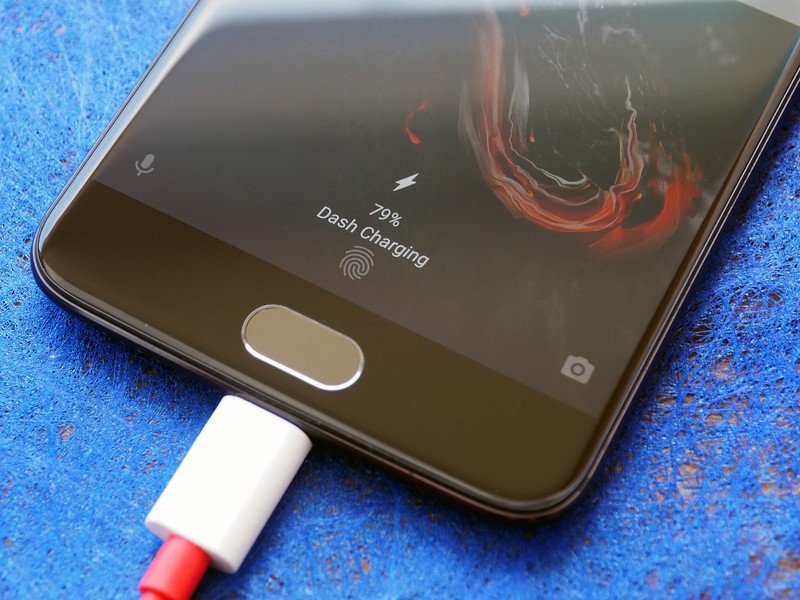
Dash Charge made its debut on the OnePlus 3 back in 2016. At the time, the 20W fast charging system was a revelation, with the OnePlus 3 able to go from zero to 60% in just 30 minutes. The underlying tech itself for Dash Charge was licensed from OPPO, and OnePlus continues to do that to this day.
Dash Charge was an immediate hit with OnePlus fans, and the distinctive red cable allowed the company to further solidify its identity. The 20W Dash Charge was unchanged until the OnePlus 6T McLaren Edition, where it evolved into Warp Charge 30T.
OnePlus offered the 30W fast charging standard on most of its 2019 and 2020 phones, with the OnePlus 8T introducing a newer 65W charging tech dubbed Warp Charge 65.
Raising the bar for value flagships with OnePlus 3T
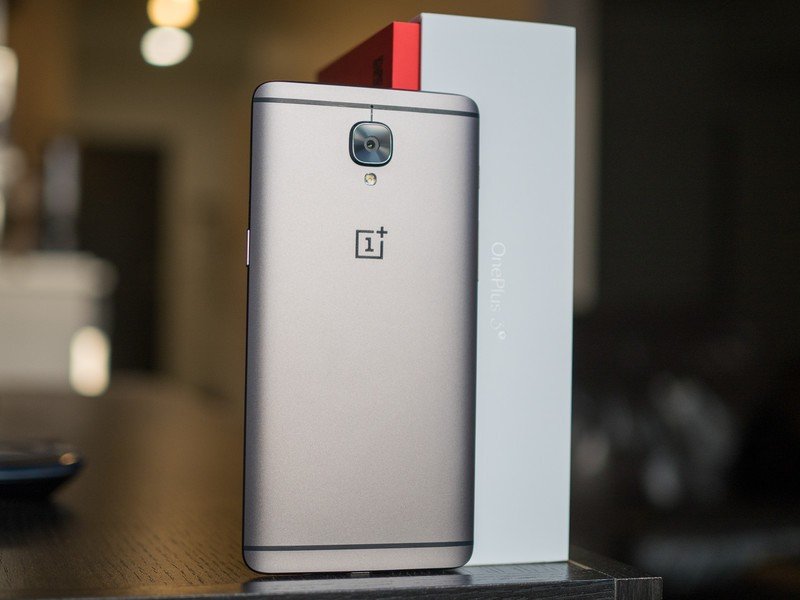
2016 was a pivotal year for OnePlus, because that was when the manufacturer sorted out issues with both hardware and software. The OnePlus 3T epitomized these learnings, with the phone delivering an industrial design backed by stellar performance and clean software that's devoid of any bugs.
While the OnePlus One put the company on the map, the OnePlus 3 series allowed the company to go up against the best that Samsung, LG, and Xiaomi had to offer at the time and come out on top.
Standing out with limited editions

Another differentiator for OnePlus was its collaboration with Disney and McLaren to release limited edition variants of its phones. It started out with the OnePlus 5T Star Wars edition, and the Disney partnership continued with the OnePlus 6 Avengers model.
OnePlus then shifted gears and launched a limited-edition OnePlus 6T McLaren variant, and followed it up with the 7T Pro McLaren edition.
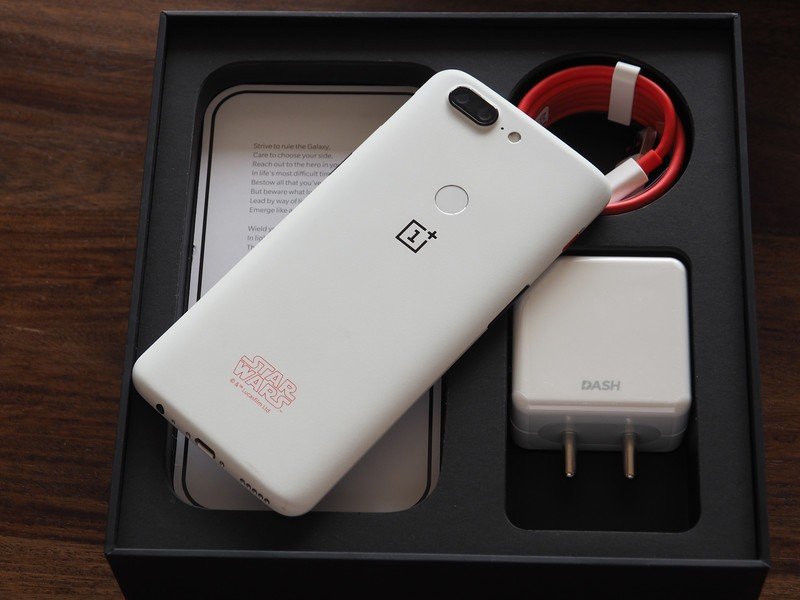
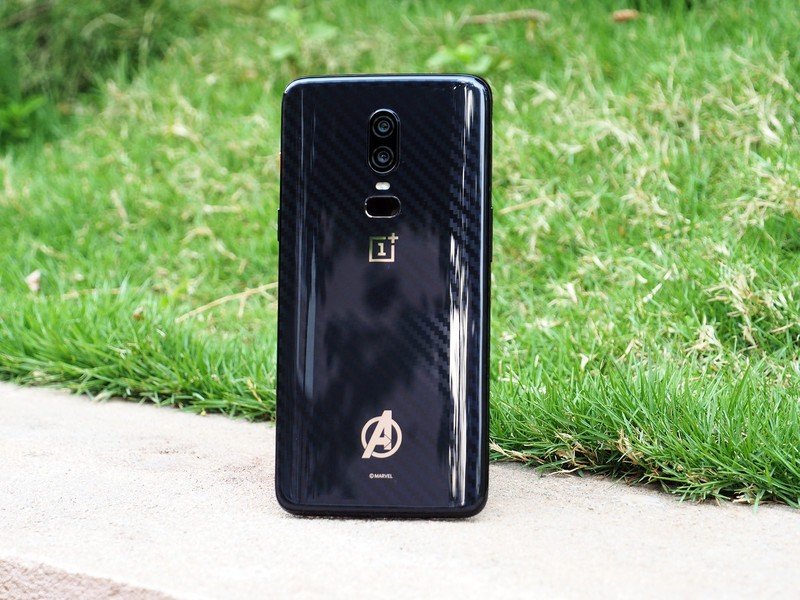
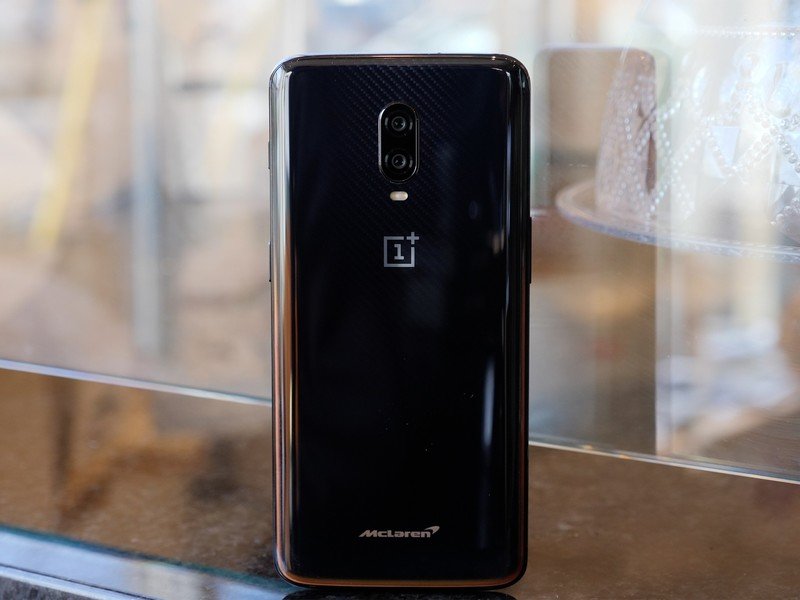
For this year, OnePlus has partnered with Polish game studio CD Projekt Red over a Cyberpunk 2077 edition of the 8T. The device is limited to China and unlikely to release in global markets, but that may change in the coming months. I'm excited to get my hands on a unit, and will share my thoughts on the device soon.
Becoming the number one premium phone maker in India
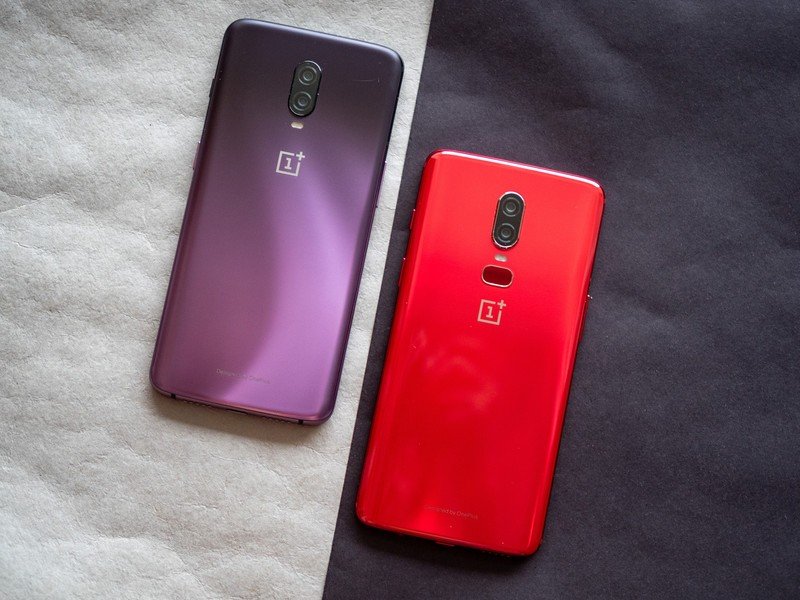
For all the attention that OnePlus gets, it sells less than five million units globally. That's because of the fact that it focuses its attention mainly on high-end phones, but the strategy has allowed OnePlus to overtake Samsung in India's premium category.
OnePlus edged out Samsung over two years ago, and it has maintained its position at the top of India's premium segment ever since. India continues to be OnePlus' largest market, accounting for over a third of its global sales.
To maintain its position in the country, OnePlus regularly offers its flagships for significantly discounted prices over other markets. The 8 Pro launched in India for ₹54,999 ($748), while the same device in the U.S. started off at $900.
Carrier partnerships in the U.S.
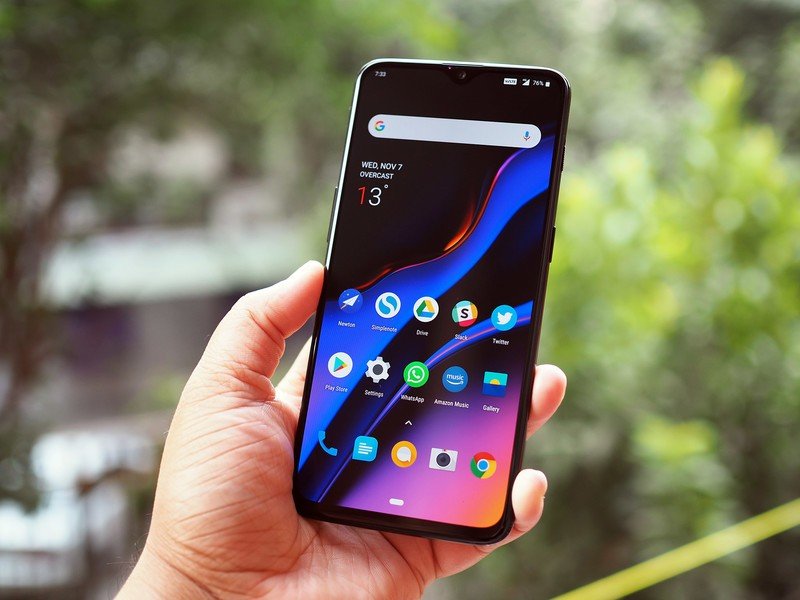
OnePlus hit an important milestone during the launch of the 6T: it struck a partnership with T-Mobile. The 6T was the first OnePlus phone sold directly at carrier stores in the U.S., and that allowed OnePlus to target a significantly wider userbase.
It's not possible for any phone manufacturers to make inroads into the U.S. market without carrier backing, and by securing a deal with T-Mobile, OnePlus started gaining momentum in the U.S. with mainstream buyers. OnePlus also inked a deal this year with Verizon over the OnePlus 8, and while the carrier deals are in their infancy, OnePlus is looking to continue the momentum with its budget Nords.
Focusing on flagships with the OnePlus 7 Pro
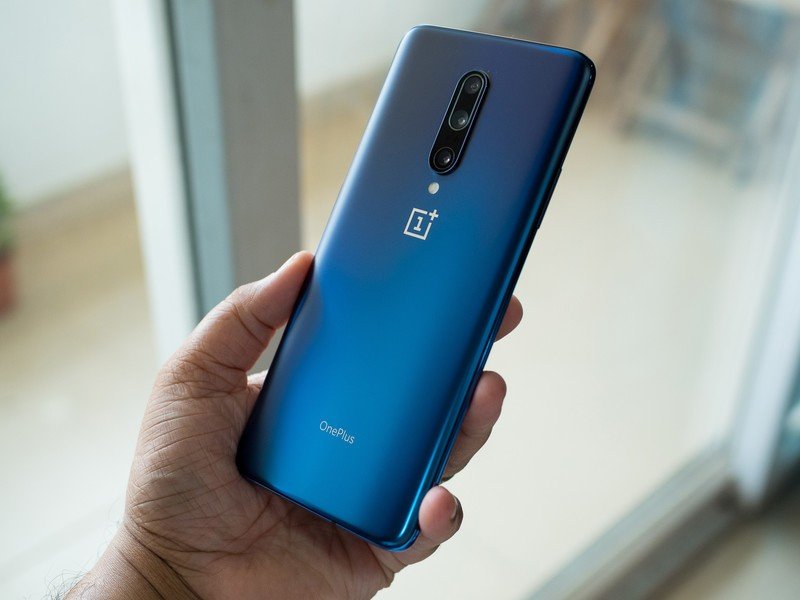
The OnePlus 7 Pro was an important device for OnePlus, because it was signaled the company's ambitions to take on Samsung and Google in the flagship segment. Although OnePlus offered devices with high-end hardware from the beginning, its phones missed out on a few extras and were catered to value flagship buyers.
That changed with the OnePlus 7 Pro. The device featured a stunning all-screen design with a retractable camera module, 90Hz AMOLED screen, standout hardware, decent cameras, and a large battery. The 7T Pro continued the trend, but it was this year's OnePlus 8 Pro that truly managed to stand out thanks to IP68 rating and wireless charging.
Changing the view with the OnePlus TV
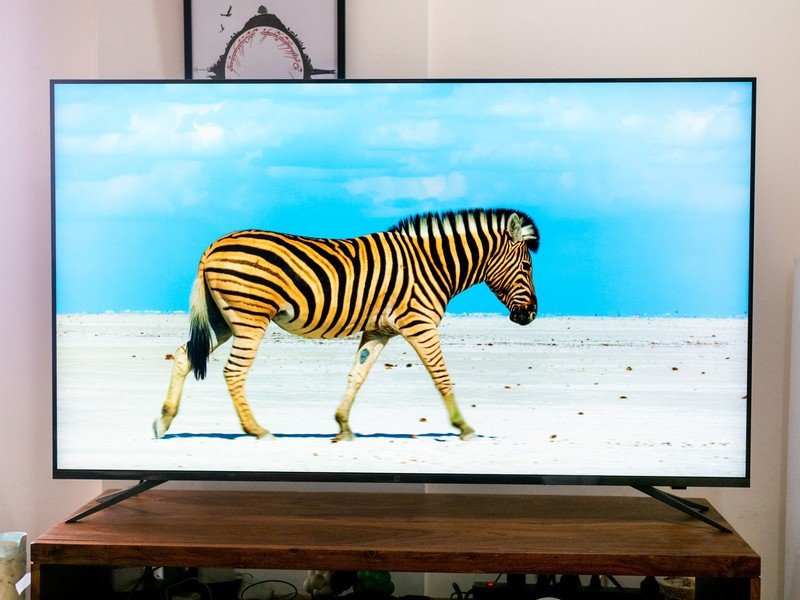
OnePlus made a bold bet on the TV segment last year with the Q1 series, launching the QLED TVs in India. The TV had a unique design and undercut the likes of Samsung and LG in the country, and it allowed OnePlus a foothold in a new category.
A year later, the Q1 Pro is still going strong. It continues to be one of the best QLED TVs in its category, although it is facing increased pressure from the likes of Xiaomi. OnePlus followed up the Q1 with the mid-range 55U1 and budget Y series.
A new direction with OnePlus Nord
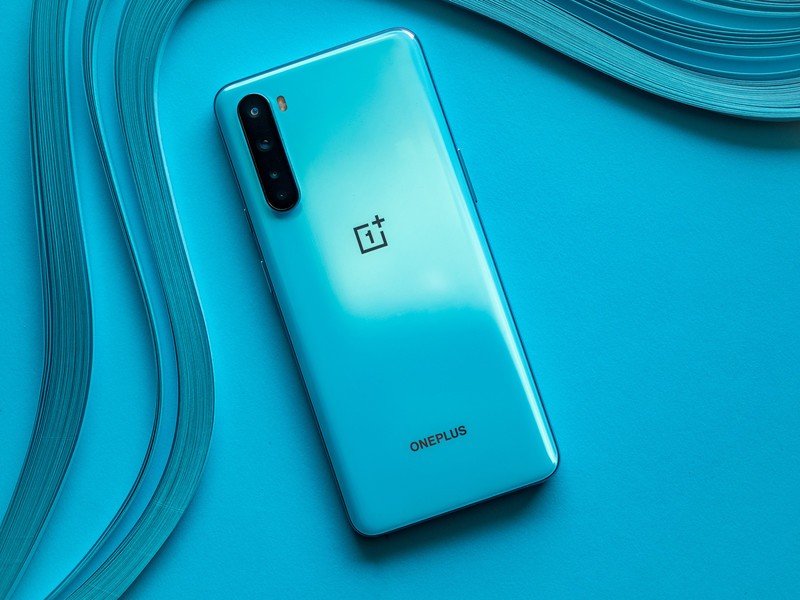
With OnePlus shifting focus to the flagship segment, there was a distinct void in the sub-$500 segment. OnePlus filled that void with the introduction of the OnePlus Nord, the company's first mid-range phone in three years.
The Nord delivered the best hardware features from the likes of the OnePlus 8 for several hundred dollars less, and it had 5G connectivity along with a 90Hz panel and decent cameras. The fact that it launched at just ₹27,999 ($380) in India made it an instant hit, with the Nord becoming the best-selling device in its segment in 2020.
Thanking the community with Red Cable Club
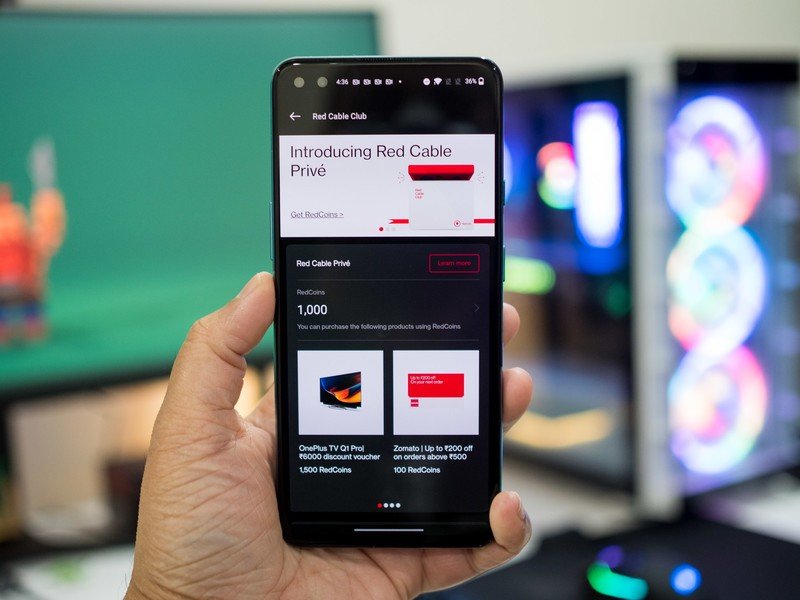
OnePlus offers a lot of exclusive features for its Indian customers, and one of those features is the Red Cable Club, a loyalty program that delivers exclusive perks and discounts on OnePlus merchandise and accessories.
Red Cable Club launched a year ago, and it already has over 2.7 million members. OnePlus introduced a new tier and rewards program a few months ago, so if you use a OnePlus phone in India, you should sign up.
OnePlus failures: Marketing blunders, invite system, Facebook controversy
Who can forget the invite system?
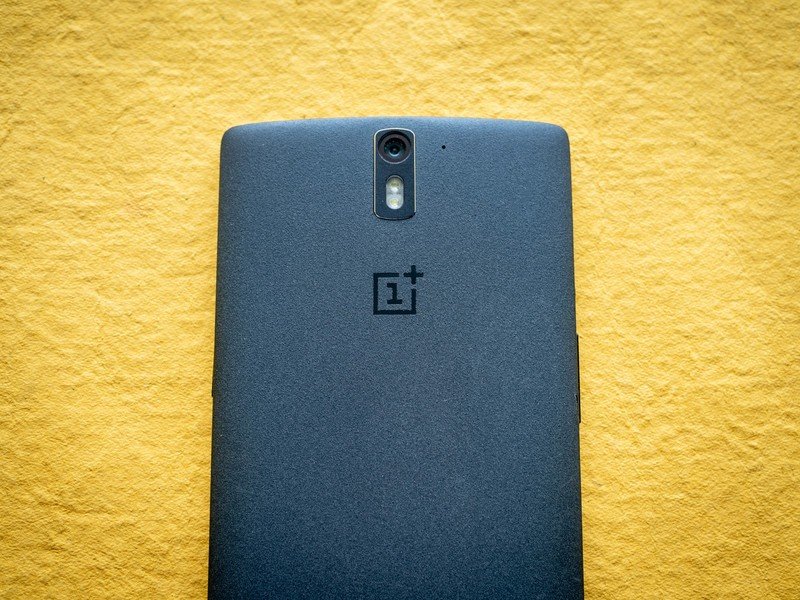
OnePlus didn't know how the OnePlus One would turn out, so it manufactured the phone in limited quantities. To manage demand, OnePlus rolled out an invite system where potential customers would participate in forum contests or engage with the brand on social media to receive an invite to buy the OnePlus One.
It was an infuriating system that made it that much harder to get a hold of the OnePlus One and OnePlus 2, and OnePlus thankfully got rid of the invite system starting with the OnePlus 3 — only to introduce it once again for the Explorer Backpack.
Marketing mishaps with 'Smash The Past' and 'Ladies First'

OnePlus didn't have an advertising budget in its initial days, so it instead looked to other avenues to drum up interest in its devices. One of the first efforts was the Smash The Past promotion through which OnePlus let customers get their hands on the OnePlus One for just $1 — provided they filmed themselves destroying their current phone.
The contest was obviously in poor taste, and OnePlus walked back the smash part of the contest, instead allowing users donate the older phones to charity. OnePlus then followed it up with another campaign called Ladies First that encouraged women to post photos of themselves along with the OnePlus logo on the OnePlus community forums.
Members on the forums would then vote on these photos, and the winners would get an invite to buy the OnePlus One. OnePlus pulled the contest altogether following widespread criticism.
Cyanogen debacle in India
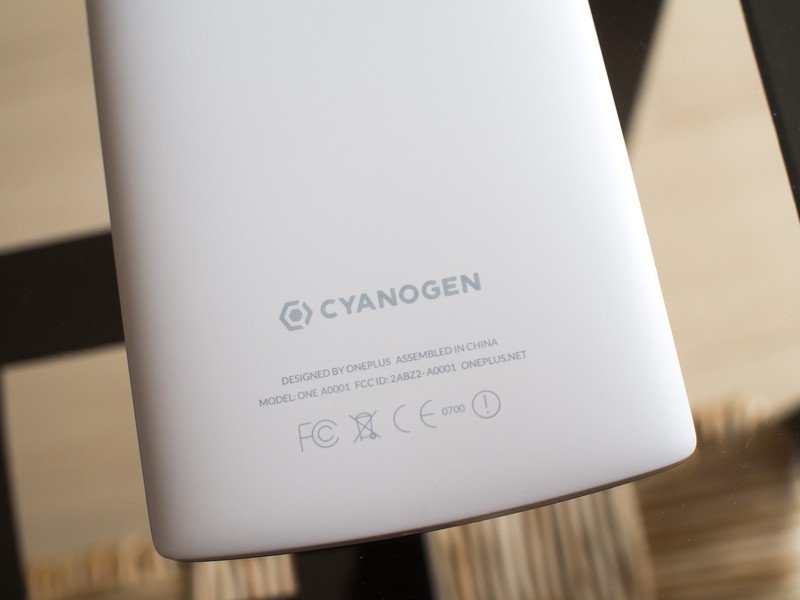
The OnePlus One made its debut in India in December 2014 — six months after its global unveil. Like the global variant, the Indian model featured Cyanogen OS. However, the phone was banned in India just two weeks after its launch after local handset maker Micromax stated that it had an exclusive partnership to use Cyanogen branding in India.
The issue with Cyanogen was the catalyst for OnePlus to work on its own UI, and the OnePlus 2 launched with OxygenOS out of the box. The OnePlus One also received an update to switch the UI to OxygenOS, and the phone went on to sell relatively well in India.
OnePlus 2 just didn't move the needle
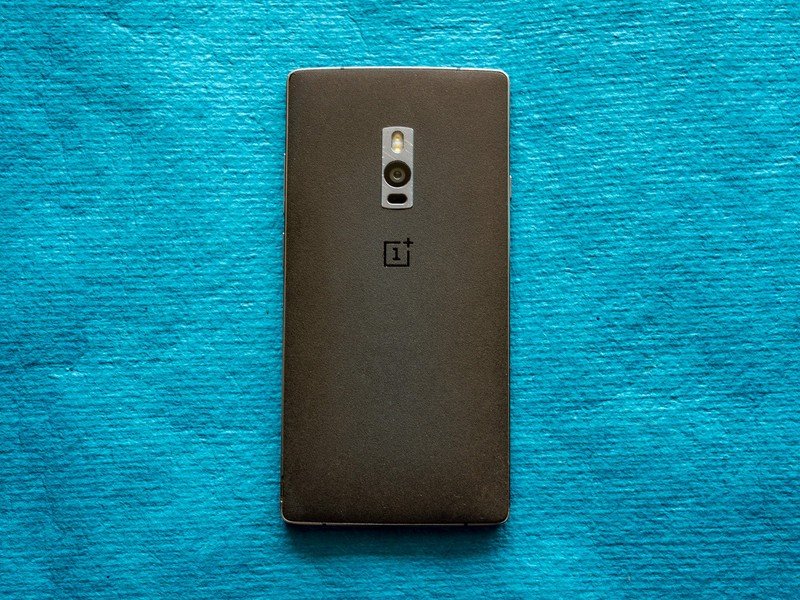
Of all the phones that OnePlus has released over the last seven years, the one that genuinely missed the mark has to be the OnePlus 2. The company built up a lot of momentum coming off the heels of the OnePlus One, and while there was a lot of interest in the OnePlus 2, the hardware itself was lackluster.
The design was derivative, the phone didn't have NFC, and while it was one of the first devices to use USB-C connectivity, the bundled cable wouldn't work with other devices.
Persistent software issues at launch
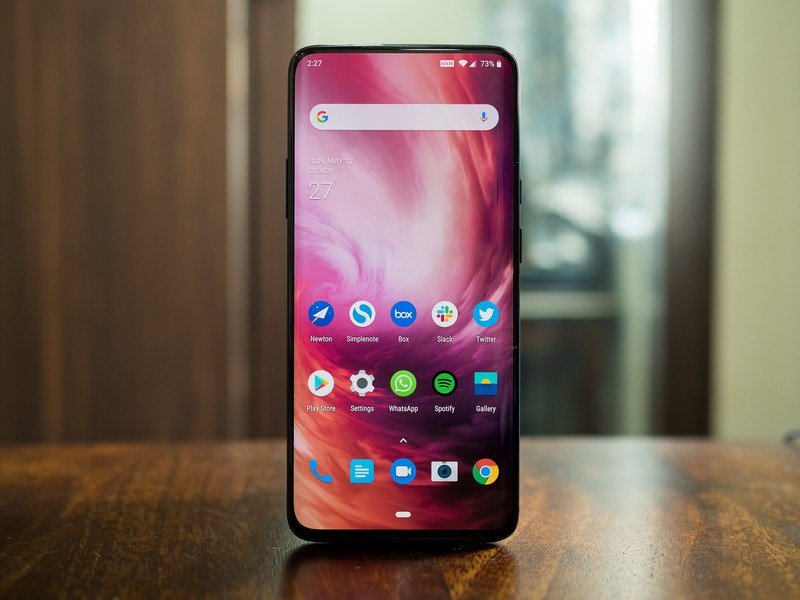
Although OnePlus phones stood out over the years for clean software, the experience out of the box hasn't always been ideal. OnePlus phones in the last 18 months have had numerous software issues and bugs at launch, and the company had to release several updates to fix these issues.
OnePlus also had similar quality control issues with platform verison updates for both the OnePlus 6/6T and OnePlus 7 series. While OnePlus has sorted these out to an extent with the 8T, it still has some ways to go in this particular area.
Pre-installing Facebook services
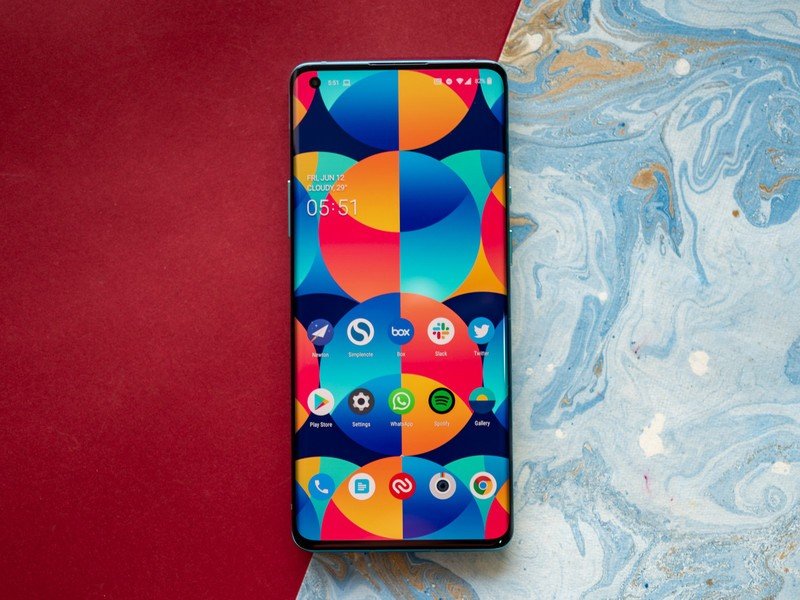
The OnePlus 8 and 8 Pro came with an unwelcome addition: pre-installed Facebook services that can only be disabled, but not uninstalled. OnePlus entered into a partnership with Facebook to bundle Facebook, Instagram, and WhatsApp on its devices out of the box, but the move backfired following user backlash.
OnePlus has walked back the partnership and has committed to not pre-installing Facebook on its devices anymore, with the 8T not featuring these services. But for OnePlus 8 and 8 Pro owners, there's no way to get rid of Facebook bloatware.
Cloud storage anyone?
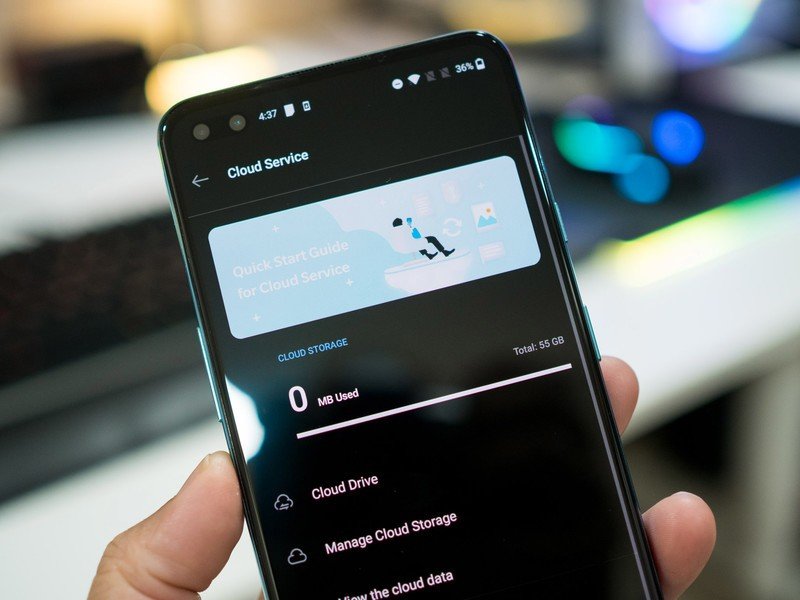
OnePlus offers a cloud storage service in India for backing up photos and videos. The service itself is similar to other cloud storage solutions, but limited to OnePlus phones.
OnePlus is incentivizing the service by giving away 50GB of free storage, but the fact that the paid tiers cost more than Google One and are limited to just OnePlus phones makes this a non-starter.
OnePlus Nord N10 5G and Nord N100
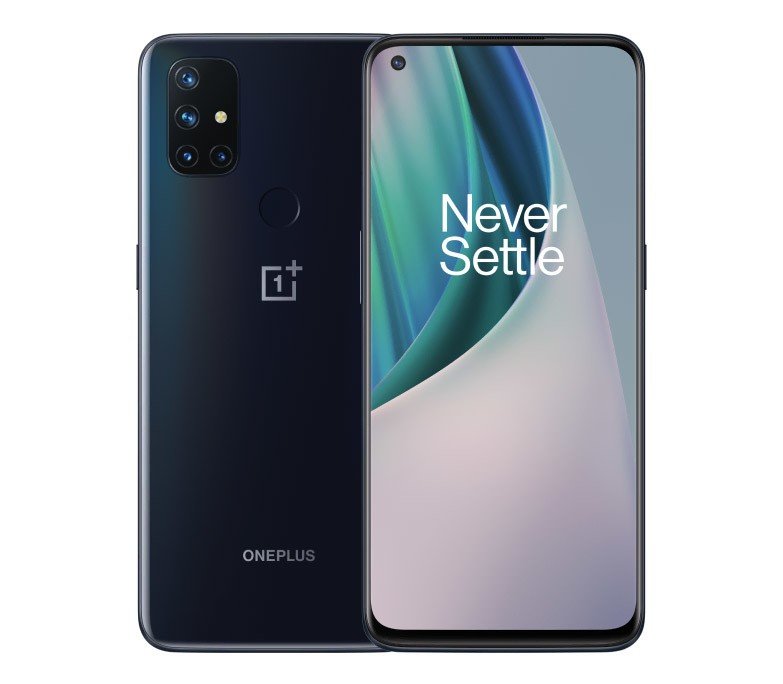
The OnePlus Nord charted a bold course for the company in the mid-range segment, but the recent entrants — the Nord N10 5G and N100 — go against OnePlus' ethos. The devices are now available in the EU and are set to go on sale in the U.S., and are aimed at the budget segment.
The Nord N10 5G features a 5G-enabled Snapdragon 690 chipset and a 90Hz panel, but the phone doesn't have the same quality of finish as the regular Nord. The Nord N100 is a generic entry-level phone that doesn't measure up to what Motorola and Nokia have to offer in this category, and the worst part about both the N10 and N100 is that they will receive a single software update — to Android 11.
What's next for OnePlus in 2021?
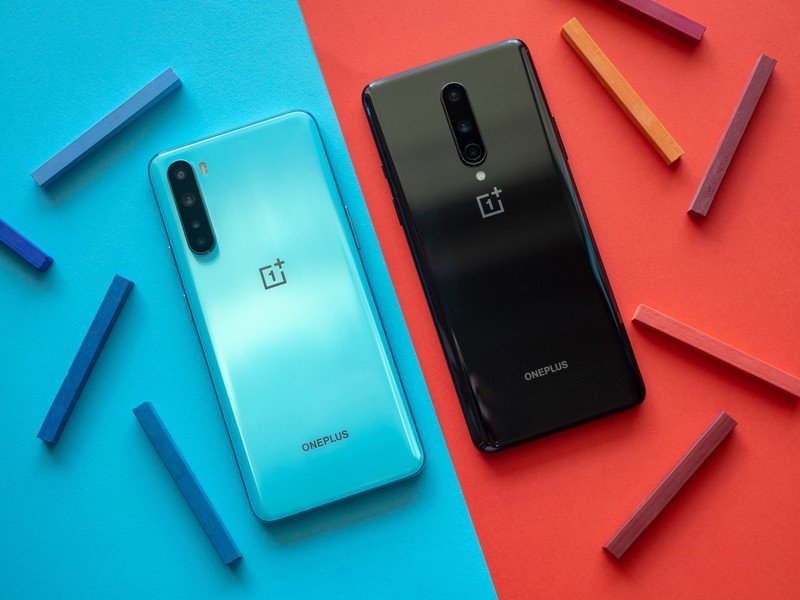
OnePlus is gearing up for a busy 2021. The company is going to release four phones in the coming three months: the OnePlus 9 series will feature three models at launch, and the OnePlus Nord SE is set to make its debut shortly with 65W fast charging.
With two distinct product lines and differentiated models in global markets, OnePlus is setting itself up for one of its busiest launch windows. That's not even considering the smartwatch that's in the works, so it will be interesting to see what OnePlus has to offer in 2021.

Setting a new bar for performance
The OnePlus 8T is a performance beast, with the phone rocking Qualcomm's Snapdragon 865 chipset along with 5G connectivity. It also has 65W wired charging, runs Android 11 out of the box, and has a sublime 120Hz AMOLED screen. As an overall package, it is hard to beat.

Harish Jonnalagadda is Android Central's Senior Editor overseeing mobile coverage. In his current role, he leads the site's coverage of Chinese phone brands, networking products, and AV gear. He has been testing phones for over a decade, and has extensive experience in mobile hardware and the global semiconductor industry. Contact him on Twitter at @chunkynerd.
